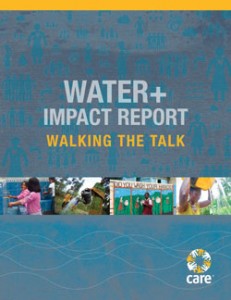BMC Public Health. 2013 Apr 27;13(1):401.
Determinants of infant mortality in community of Gilgel Gibe Field Research Center, Southwest Ethiopia: a matched case control study.
Dube L, Taha M, Asefa H.
BACKGROUND: Infant mortality accounts for almost 67 percent of under-five child mortality that occurs globally. An understanding of factors related to infant mortality is important to guide the development of focused and evidence-based health interventions to reduce infant deaths. But no community based studies have been conducted to identify determinants of infant mortality in Ethiopia for the past two decades. The purpose of this study is to identify determinants of infant mortality in community of Gilgel Gibe Field Research Center, Southwest Ethiopia.
METHODS: A community based matched case–control study was conducted. The study covered 133 infants who died during infancy between January 2010 and February 2011 in the study area. For each case, a control with approximately same date of birth and survived his/her first year of live and alive at time data collection was selected. Conditional logistic regression method was used to identify determinant factors of infant mortality using Epi-info 3.5.1 statistical software.
RESULTS: According to the final logistic regression model, not attending antenatal care follow-up [AOR=2.04, 95%CI:(1.04,4.02)], not using soap for hand washing before feeding child [AOR=2.50, 95%CI (1.32,4.76)], negative perceived benefits of mother to modern treatment and prevention [AOR=2.76, 95%CI:(1.21,6.09)], small birth size [AOR=2.91, 95%CI:(1.01,8.46)] and high birth order with short birth interval [AOR=3.80, 95%CI:(1.20,11.98)] were found to be independent determinants of infant mortality.
CONCLUSIONS: Antenatal care follow-up, hand washing habit with soap before feeding child, birth size, perceived benefits of mothers to modern treatment, birth order and preceding birth interval were determinants of infant mortality.





